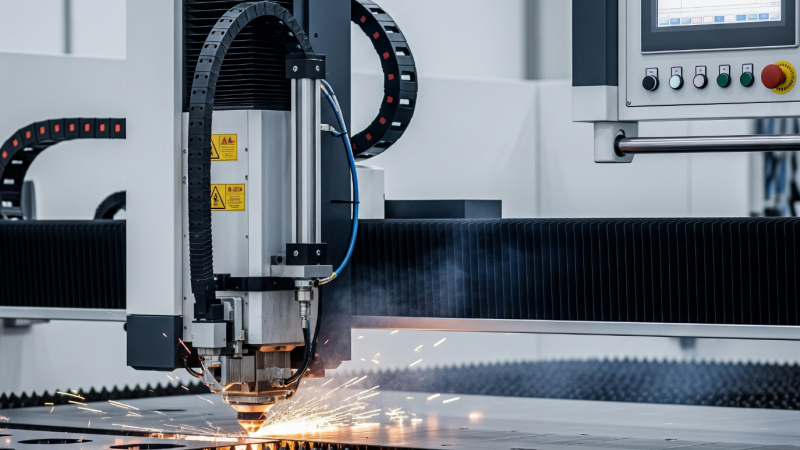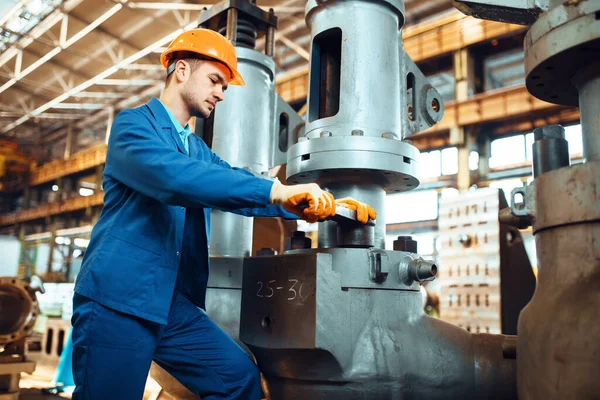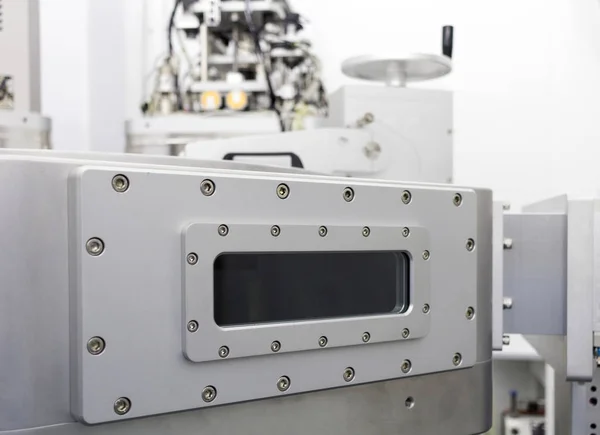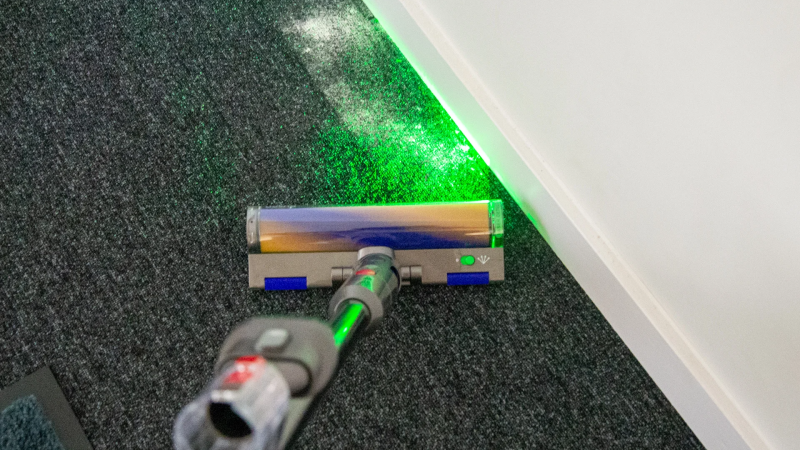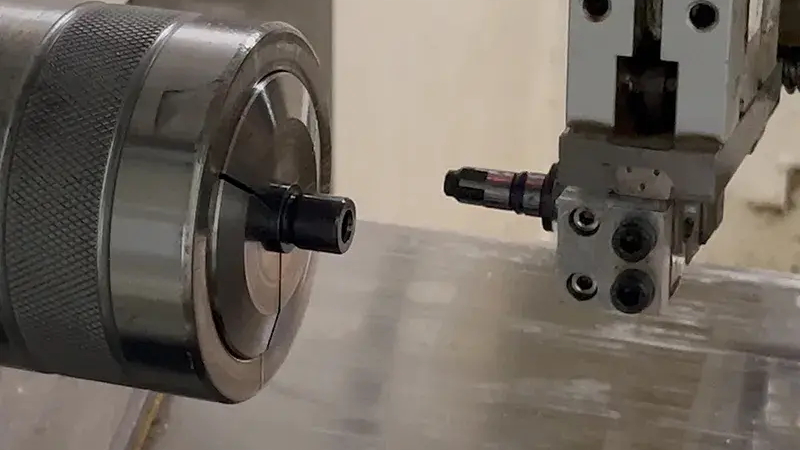The Essential Guide to Cutting Machines in Metalworking: Unlocking Precision and Efficiency

Delving into the fascinating world of metalworking, one might feel a sense of awe as the raw metallic materials transform into intricately designed end-products. This process of metamorphosis relies heavily on an array of specialized equipment. Among these, cutting machines are essential, acting as the backbone of metalworking operations. But what are these machines, and how do they play such a pivotal role in metalworking?
Understanding of Cutting Machines in Metalworking
Metalworking cutting machines, as their name suggests, are utilized extensively for slicing, chopping, and trimming metallic materials into desired shapes and sizes. They are dynamic devices used in various industrial applications, such as in manufacturing, construction, and automotive industries. These machines use different cutting techniques like laser cutting, plasma cutting, and waterjet cutting, each with its distinct advantages and functionality.
The Importance of Cutting Machines in Metalworking

Diving deeper into the world of metalworking, it becomes clear how indispensable cutting machines are. They bring precision and efficiency, without which, achieving complex designs and tight tolerances in today’s manufacturing world would be impossible. Let’s break down the significant benefits and reasons why cutting machines are essential in metalworking:
Cutting machines provide an efficient method of slicing through metals. Without them, manufacturing processes would be time-consuming and labor-intensive. This efficiency allows industries to produce large quantities of metal parts, fulfilling high demand levels.
Also, these machines deliver a high level of precision, enabling the creation of intricate designs and complex geometries. This precision is critical for many sectors like aerospace, where even a minor deviation can lead to catastrophic results.
Furthermore, cutting machines help to minimize waste. Traditional methods of metalworking could lead to a significant amount of scrap metal. Modern cutting machines, however, optimize the use of material, thereby reducing waste and enhancing sustainability.
The cutting machines also offer a wide range of cutting techniques suitable for different types of metals, thicknesses, and applications. This versatility makes them a crucial component in diverse industrial settings.
Different Types of Cutting Machines in Metalworking
In the metalworking industry, a variety of cutting machines are used, each suited to specific tasks and materials. Let’s discuss the most common ones:
Laser Cutting Tube Machines
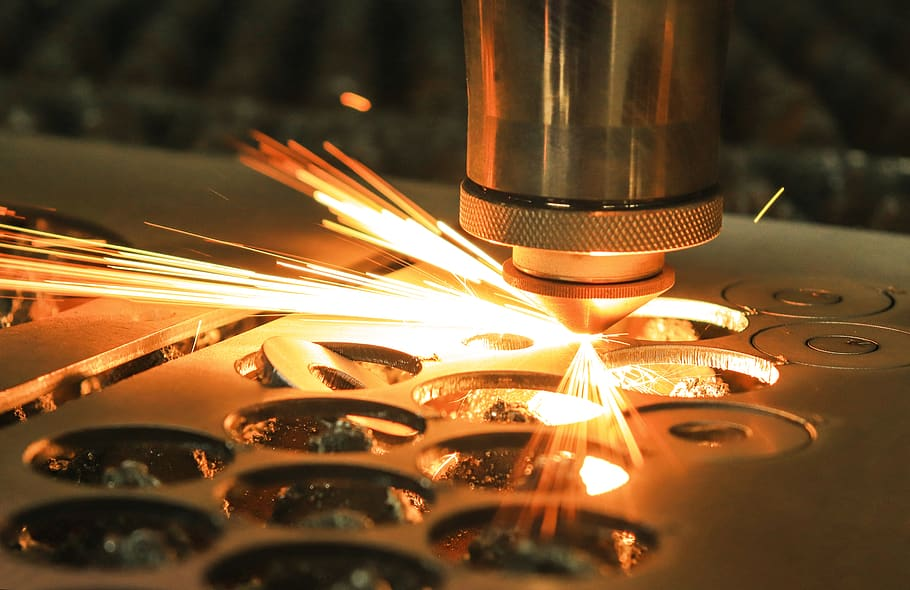
Laser cutting tube machines use a high-powered laser beam to cut materials. The beam’s intense heat melts or vaporizes the metal, resulting in a smooth and precise cut. Laser cutting tube machines are ideal for thin to medium-thickness metals and are favored for their precision and speed.
Plasma Cutting Machines
Plasma cutting machines utilize a high-velocity jet of ionized gas, or plasma, to cut through metals. They are suitable for cutting thicker materials and are known for their high cutting speed and cost-effectiveness.
Waterjet Cutting Machines

Waterjet cutting technology employsa high-pressure stream of water, often mixed with an abrasive substance, to cut through the metal. These machines are ideal for cutting a wide range of materials and thicknesses, and they produce no heat, reducing the risk of material distortion or hardening.
Future Trends in Metalworking Cutting Machines
As with many other areas of technology, cutting machines in metalworking are continually evolving. Recent advancements have seen an increase in the integration of automation and AI technologies, leading to greater precision, efficiency, and versatility. Future trends may include the rise of hybrid cutting machines that combine different cutting techniques, more advanced CNC systems, and the use of machine learning to optimize cutting parameters.
Selecting the Right Cutting Machine in Metalworking
The decision of choosing the most suitable cutting machine for a given task is dependent on several factors. Here are some of the essential considerations:
Material Type
The type of material to be cut plays a significant role in the selection process. For instance, laser cutting machines can handle a wide range of metals, from mild steel to copper, aluminium, and stainless steel. On the other hand, waterjet cutting machines are ideal for handling materials sensitive to high temperatures.
Thickness of the Material
The thickness of the material is another vital factor. While laser cutting machines excel in cutting thin to medium-thickness materials, plasma cutting machines are more suited for thicker materials.
H3: Precision Requirement
If high precision is required for intricate designs and tight tolerances, laser cutting machines offer the best choice due to their capability to deliver cuts with a very small kerf width. However, if precision isn’t as critical, other cutting machines like plasma cutters could be more cost-effective.
Speed of Operation
Speed of operation is another crucial consideration. While laser cutting machines offer high precision, they may not be as fast as plasma cutters. So, if speed is more important than precision, a plasma cutter might be a more suitable option.
Maintenance of Cutting Machines in Metalworking
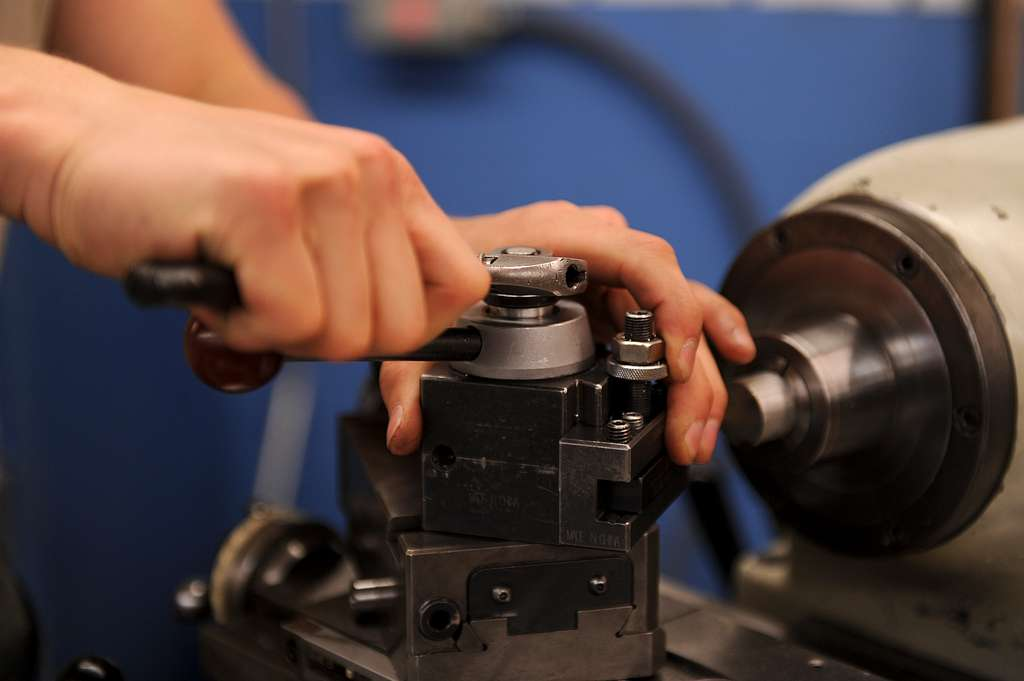
Proper maintenance of cutting machines is vital to ensure their efficient operation and long lifespan. Here are some key maintenance tips:
Regular Inspection: Regularly inspect the machine for any signs of wear or damage. This can help identify potential issues before they escalate into major problems.
Cleaning: Keep the machine clean to prevent the build-up of debris which can interfere with the machine’s operation.
Lubrication: Regularly lubricate moving parts to reduce friction and prevent wear and tear.
Training: Ensure that the operators are adequately trained. Improper use of the machine can lead to premature wear or even damage.
Safety Measures in Using Cutting Machines in Metalworking
Operating cutting machines involves certain risks, and thus, safety measures must be strictly adhered to. These include:
Proper Training: Operators should be adequately trained in the use of cutting machines and familiar with safety procedures.
Personal Protective Equipment (PPE): Operators should always wear appropriate PPE, such as safety glasses, gloves, and protective clothing.
Maintenance: Regular maintenance can prevent malfunctioning of the machine, reducing the risk of accidents.
Safe Workspace: The workspace should be well-ventilated and free of clutter to minimize the risk of accidents and ensure the safe operation of the machine.
Conclusion
In the world of metalworking, cutting machines hold the key to efficiency, precision, and productivity. From the selection of the most suitable machine for a given task, to its regular maintenance and operation, every step plays a critical role in ensuring optimal output. Moreover, as we move forward, trends like automation, AI, and hybrid cutting machines promise even greater possibilities for the industry. Whether it’s crafting intricate designs or manufacturing large quantities, the importance of cutting machines in metalworking remains unquestionable.

